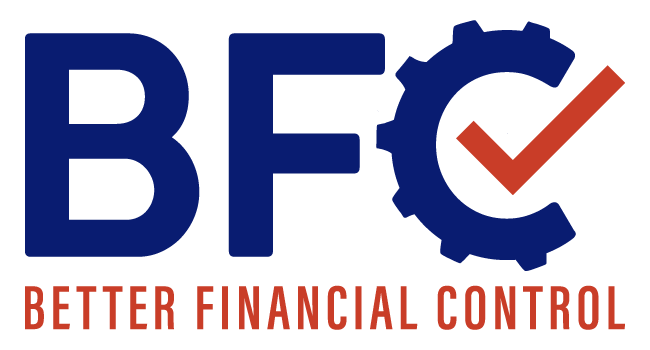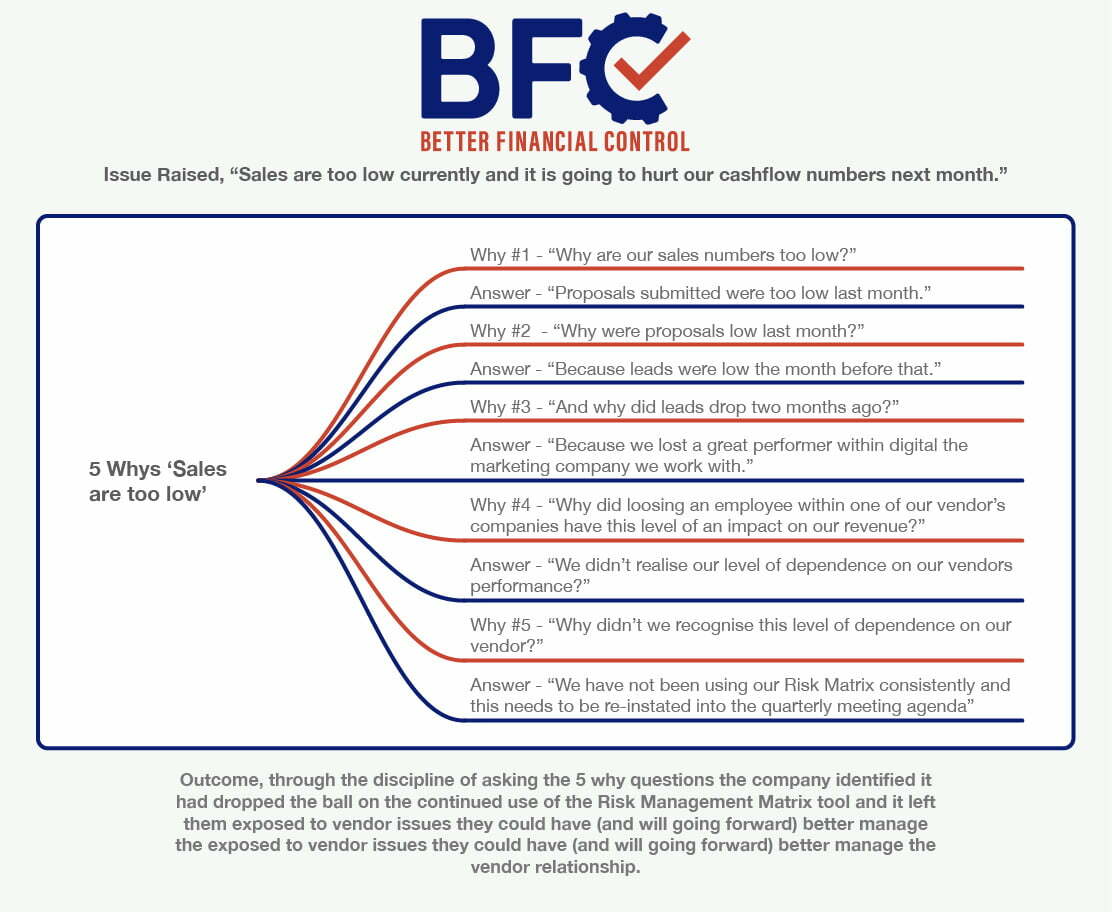Great problem solvers are made, not born. We have found after decades of problem solving with financial leaders across business and non-profit sectors these leaders tend to have a common mindset and set of strategies; they learn to adopt a particularly open and curious mindset, and adhere to a systematic process for resolving even the most challenging financial issues. And when conditions of chaos and uncertainty exist, they are at their best.
Five mutually-reinforcing problem-solving strategies seem to underly their success:
- Don’t accept the first description of a problem as the actual core issue
- Be curious about every dynamic of an issue
- Maintain an empathetic view of the world, to see through multiple lenses
- Ensure an agreed upon definition of the issue is reached before any discussions on potential solution strategies
- Use story telling to generate a compelling call to action.
In this blog series we are going to break down each of the five problem solving disciplines into actionable concepts in order to become better problem-solving financial managers as a result. This article will focus on the first strategy.
Strategy #1: Don’t Begin Problem Solving Until You have Discovered Actual Problem
This is a practical and effective strategy for nearly all problem solving discussions. “Our monthly sales are too low,” is a simple example of a this dynamic that plays out in many management meetings. Countless hours and emotion can go into discussing how to improve the sales team’s skills, change pricing, simplify the sales process, hire a new lead generation company, replace the current CRM and the list goes on and on.
Great problem solving experts look for clues and continue to unpackage the component parts of an issue until they identify the core issue of the topic. Continuing this example, the root cause was a change in the Google algorithm, initiating a 30-day drop in leads until an updated sales and marketing strategy could be identified and implemented. Understanding this greatly mitigated this particular issue going forward.
Developing the discipline in order to peel back the layers on the perceived issue is something great problem solvers consistently do – but it is not easy. There is a desire to speed up meetings, rapidly regain financial stability, and be action-oriented. “Ready, Fire, Aim” is a good adage to help one remember to first identify what the real problem is before moving on to discussing it in any great detail – especially any potential solutions.
The ‘5 Whys’ is a popular problem solving strategy that uses this concept effectively. It is an iterative, interrogative technique used to explore perceived problems. The primary goal of the technique is to determine the root cause of an issue by repeating the question “Why?”. Each answer forms the basis of the next question. Five repetitions of the ‘Why’ process are optimal to resolve the majority of problems.
This method provides no hard and fast rules on how long to continue the search for a root cause but we will address this in an upcoming article regarding the strategy of getting to the true definition of any problem that may occur. Click here to see an example of the 5 Whys in action.
Whether it is a specific strategy like the ‘5 Whys’ or taking the time to investigate the initial problem and test whether it is the actual issue or merely a symptom, the big idea is to put in the work up front to ensure you and your team is spending time and energy on the actual problem because this will optimise your efforts and find more effective solutions in the long run.
Be sure to check out next week’s article where we discuss the 2nd of the 5 strategies great problem solving experts use.


